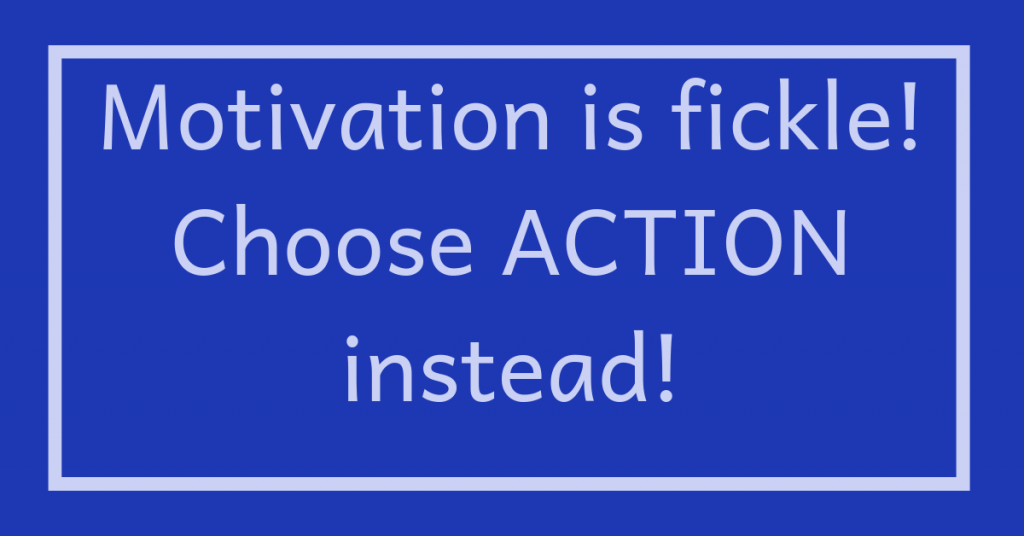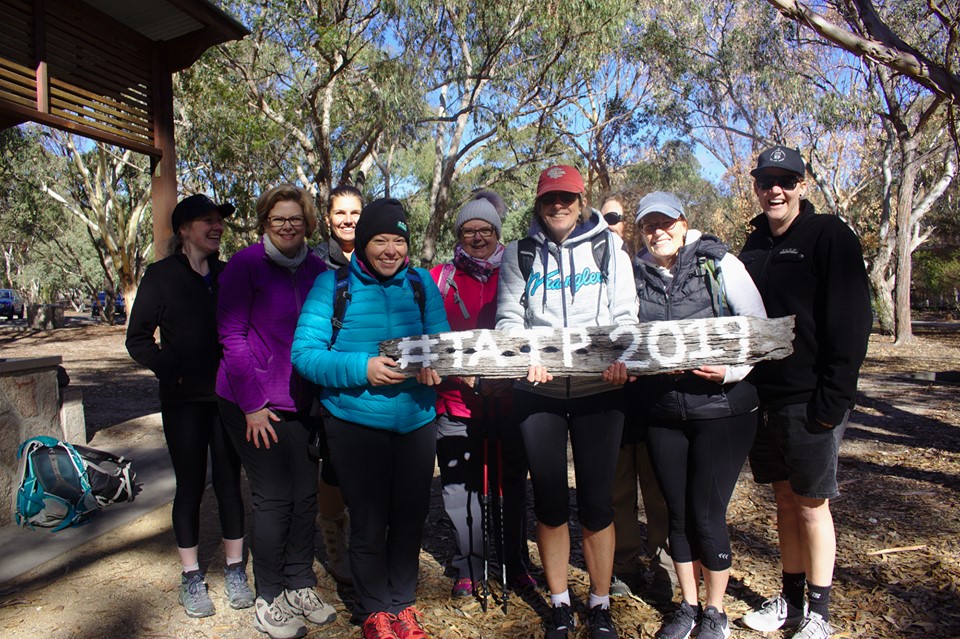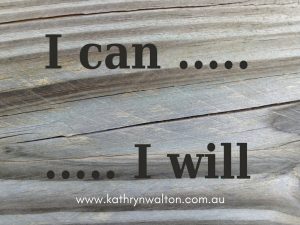How do YOU get motivated to exercise? It’s cold, blustery and misty outside today. I spent most of summer yearning for the cool Arctic breeze to greet me so I can go walking or riding any time of the day without feeling like I’m going to pass out from the heat. After our long, hot, drought-ridden summer, winter has finally arrived. And here I am, huddled in my flannelette pyjamas, fluffy dressing gown and hand-knitted knee rug dreading the thought of going outside.
It’s a tricky head space to be in – knowing that I advocate for an outdoor adventurous lifestyle, and yet here I am, cocooned in my layers, inside my house, and trying desperately to find another thing to delay me before I go outside.
Being very conscious that my actions and values are simply not in alignment, I’ve given myself a stern talking to this week. Motivation is a pretty fickle thing. You can never rely on it. It’s a feeling that comes and goes and is affected by many different things – both positively and negatively. Sitting around waiting for motivation to arrive is fruitless. You need to take ACTION, and motivation will follow in its own good time.

I figured I’m probably not the only one who’s struggling at the moment (tell me that is so!!), so I’ve put together a list of tried and true strategies to get us exercising, no matter the weather, and no matter our motivation levels!
18 ways to get motivated to exercise
- Be accountable! To someone else, like a friend that you’ve agreed to meet for a walk. Or simply write your planned exercise activity in your diary and let others know ahead of time about your commitment.
- Something is better than nothing! Don’t get caught in the all-or-nothing type of thinking. If you’re running short on time, do what you can – 10 minutes is better than nothing.
- Make exercise part of your daily routine so there is little room for debate about what you’re going to do and when.
- Choose your reward! External rewards work well for some people – think of stickers for your exercise chart, or buying that new piece of gear when you’ve kept to your commitment. Or do you prefer to acknowledge that you feel great on the inside, knowing you’ve chosen well despite it being difficult, or noticing that you feel better?
- Celebrate your achievements! Be joyful for the hard work you’ve put in. But be careful you don’t self-sabotage your efforts by spending the rest of the day on the sofa or munching on a box of doughnuts.
- Change it up! Any activity that you repeat over and again can lose its gloss. Change your activity, route, place or even the time of day you’ve been exercising.
- Change how you see yourself! When you identify with a “healthy me, happy me” mentality, you’ll focus on healthy choices. Conversely if you see yourself as lazy and unfit, your actions are likely to reinforce that attitude.
- Break it down! If an hour of exercise seems like an eternity, then you’re going to dread it again tomorrow. Break it down into time portions, or ‘sets’. When I swim laps, I work on 10 minute sets each of kick board, freestyle, backstroke and so on. You can break your walk or ride up into sets too, aiming for a certain number of minutes, steps, mileage or landmarks in each set.
- Set goals! Register for an event and use it to keep you on track with your ‘training’ exercise. Or set a new goal each week, for example to walk 25 kilometres or to go to 3 classes by the end of the week.
- Do what works for YOU! Get a routine going that works FOR YOU. It’s your life. Your family. Your work situation. Your community. Whatever exercise routine you choose, make it do-able for you.
- Focus on something enjoyable! It could be the way the grass is blowing in the breeze, the smell of the wattles flowering, how awesome your new t-shirt feels, the increasing strength in your legs as you pound the pavement.
- Sign up! Check out what programs, challenges and memberships are available in your area or online.
- Pay your way! Does financial investment motivate you? Some people feel an extra commitment to get out the door after purchasing a membership, training program, new shoes or other equipment.
- Get expert support! Exercise physiologists and personal trainers can customise exercises and training plans that gradually build up as you do.
- Do what you love to do! If dancing around the lounge room to loud music is your thing, then do it! If digging holes in the paddock to put new fence posts in is your thing, then do it! If running marathons is your thing, then do it! You don’t have to do what everyone else is doing.
- Be realistic! Know what is do-able for you and set your expectations and goals accordingly to boost your confidence, sense of achievement, and motivation.
- Do it for yourself! You’ll feel better, you know you will!
- Do it for those around you! Exercise and nature has incredible benefits for the way our brains work, the way we feel, and the behavioural choices we make. Generally, we’re nicer people to be around when we’ve looked after ourselves.
You owe it to yourself as well as others!
And if that’s not enough reason to motivate me to get outside on a blustery day, then I remind myself that I’m accountable to the community of women around me. The women who get involved with my projects, counselling and mentoring programs. I constantly encourage these women to get outside and get active, yet I also know how challenging it can be at times. I owe it to my family, friends and the community of women I work with to shut up, show up and practise what I preach.

In the end, a little bit of discomfort to get going will reap amazing benefits for the rest of the day. It doesn’t sound that hard, but, man oh man, that gusty wind sure is blowing away some of my motivation!
How will you manage your motivation today?
What are your biggest challenges when it comes to motivation to exercise?
And what strategies work for you?

Discovering mountain biking as life’s ultimate parallel universe in her middle age, Kathryn Walton shares information and reflections in ‘Daisy Spoke’ that inform, inspire and empower women to a healthy and active lifestyle.


 time I respect them. I teach many individuals and groups how to use goals to enhance their mental health and wellness, and I see amazing progress when they are used effectively.
time I respect them. I teach many individuals and groups how to use goals to enhance their mental health and wellness, and I see amazing progress when they are used effectively. 
 Remember all those problems your mind started to thinking about in Step 2? Problem-solving is where the power is (another blog later this month will look at this in more detail). Persistence makes all the difference between giving up on your goal (and yourself) and being unstoppable. Some of the problems will be predictable and you’ll be able to plan for them. Others less so.
Remember all those problems your mind started to thinking about in Step 2? Problem-solving is where the power is (another blog later this month will look at this in more detail). Persistence makes all the difference between giving up on your goal (and yourself) and being unstoppable. Some of the problems will be predictable and you’ll be able to plan for them. Others less so. In the meantime, if you haven’t already signed up for Grounded Inspiration, now’s a great time to do that. Never miss out on the latest news, inspiration or blog posts! And be the first to hear about my new releases throughout the year as I develop and publish programs to enhance women’s wellness and professional knowledge.
In the meantime, if you haven’t already signed up for Grounded Inspiration, now’s a great time to do that. Never miss out on the latest news, inspiration or blog posts! And be the first to hear about my new releases throughout the year as I develop and publish programs to enhance women’s wellness and professional knowledge.